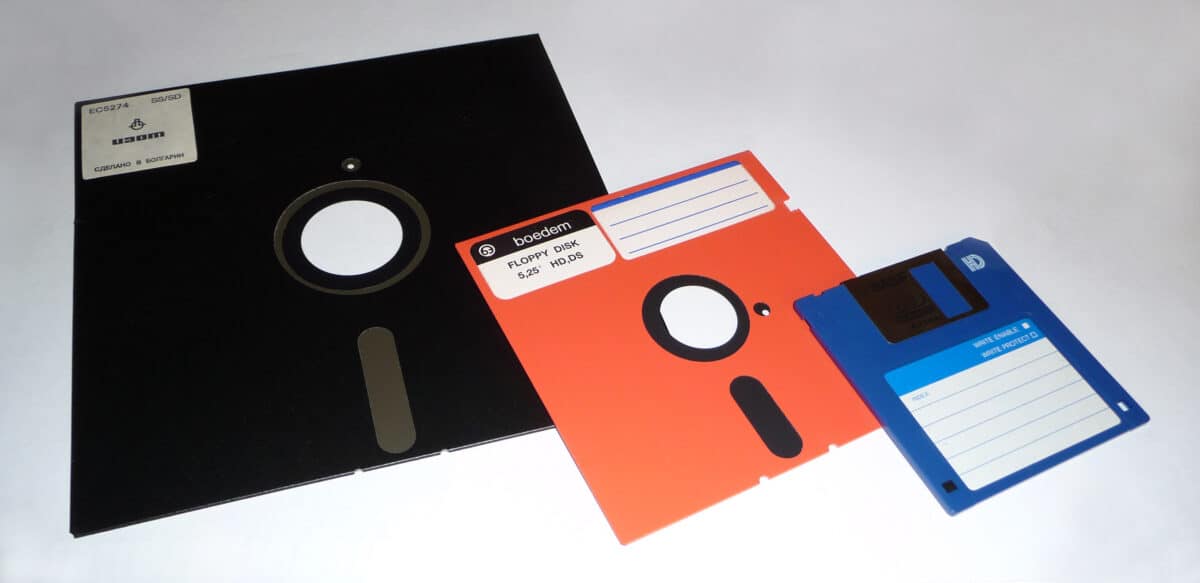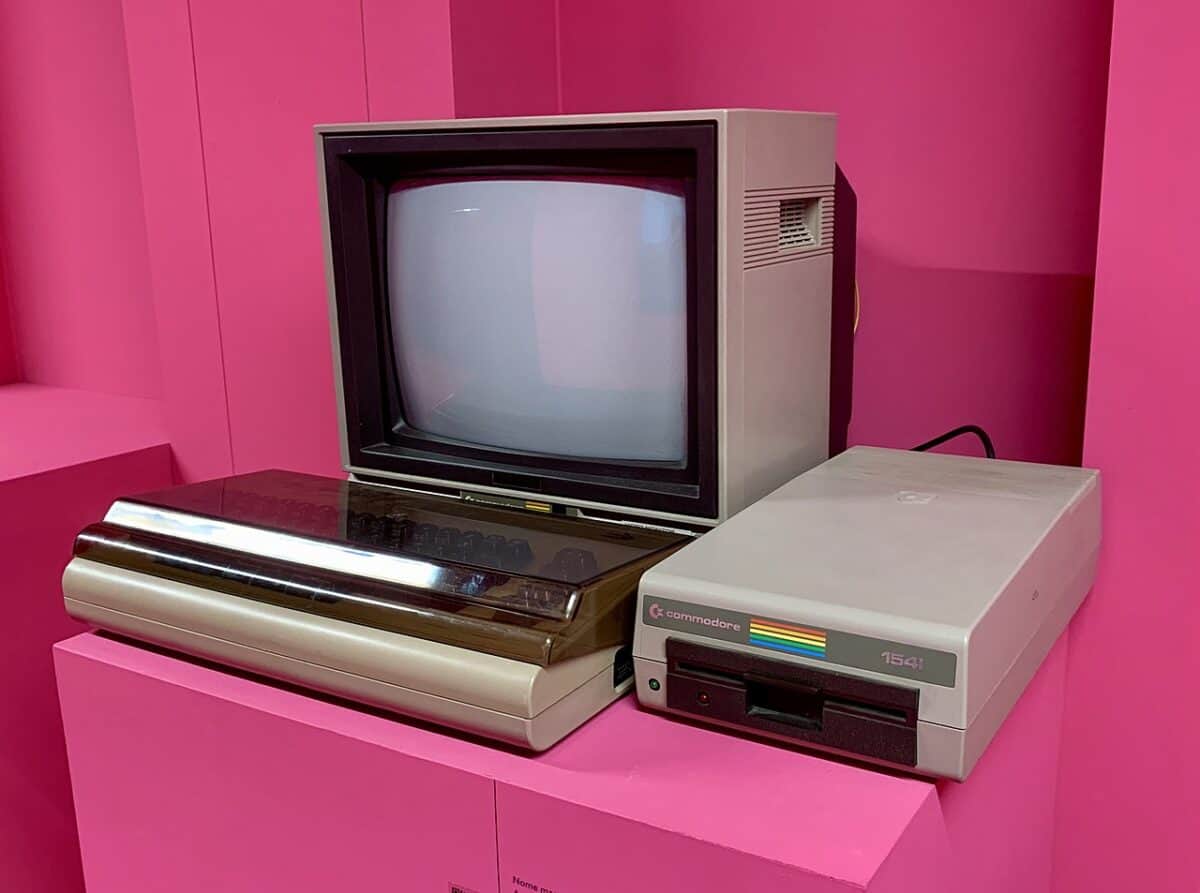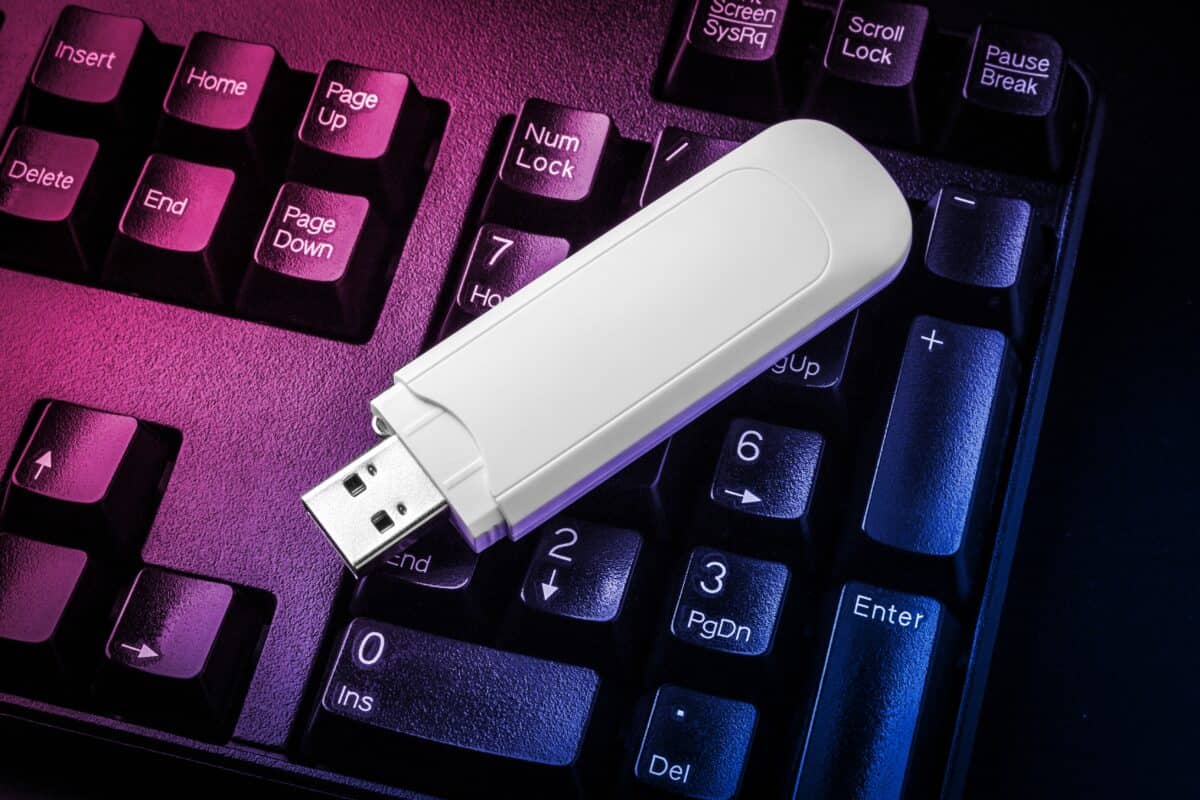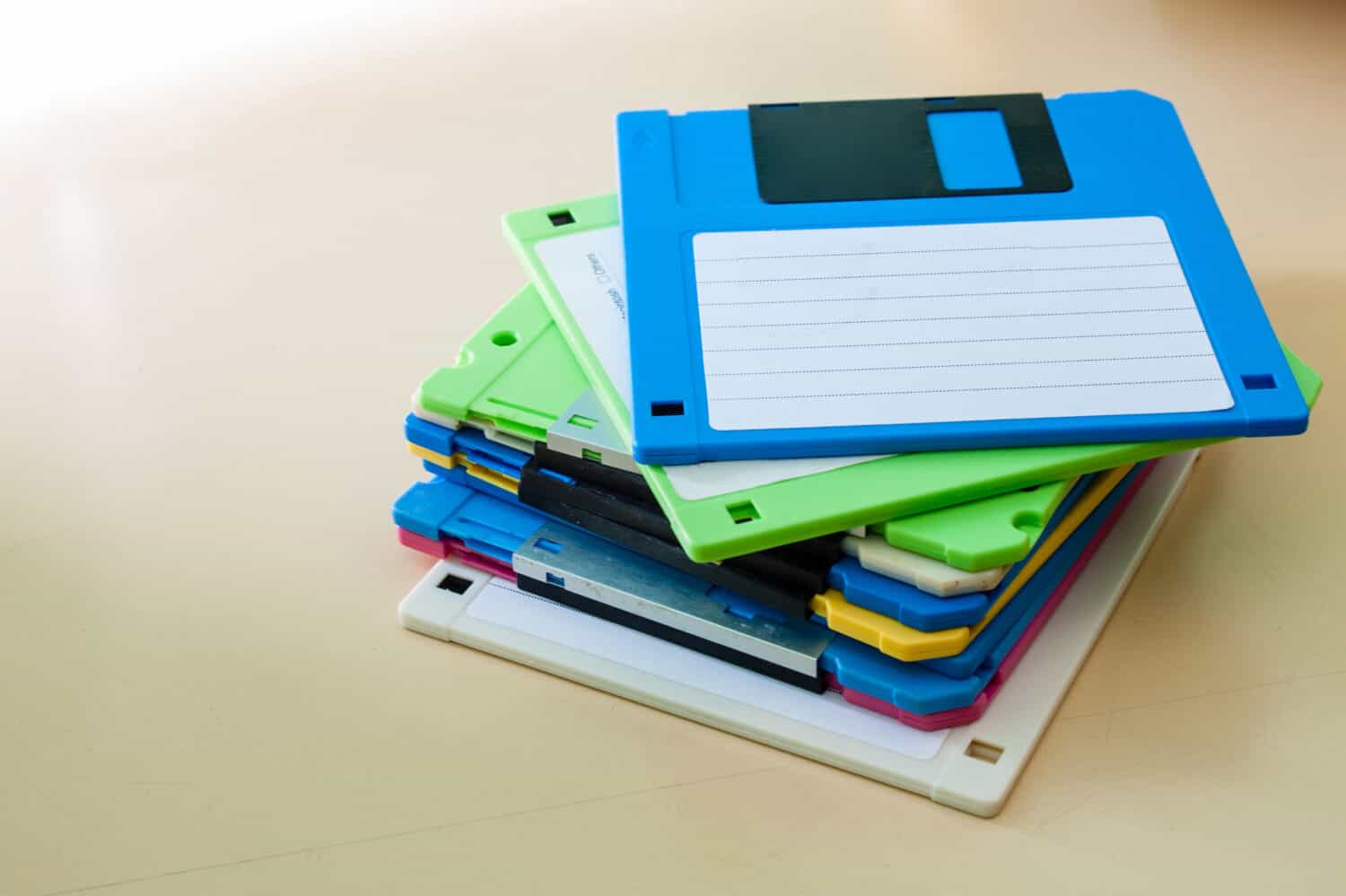Floppy disks, if you’re older than 30, you likely remember these from school. In the days before CD-Rs, thumb drives, and Dropbox, it was the only viable way to store data portable. Where did they get their start? Let’s take a closer look at one of the most ubiquitous storage formats in the history of computers.
Early Days and Specs

The first commercially sold floppy drive hit the market in 1971, introduced by computing pioneer IBM. These were massive, at least compared to the diskettes that would follow. At 8-inches in diameter, it was more akin to jamming a laserdisc or record into your computer for writing data.
Mechanically, they operate similarly to audio tapes. A read and write head pulled data from the magnetic medium shielded beneath the plastic coating. 8-inch disks came with a storage capacity of around 242 kilobytes, which was substantial for the era.
The 8-inch would remain the norm for a few years, with storage capacity growing substantially to around 1.2 megabytes. However, the microcomputer boom was right around the corner.
Modernization (In a Manner of Speaking)

Floppy disks would undergo two massive revisions throughout the late 1970s and 1980s. The introduction of home computers to the market meant that people had a need for storage. Popular microcomputers of the era like the Commodore 64 and ZX Spectrum used cassettes, which didn’t store much in the way of data.
Read and write speeds were equally slow, making it a mediocre medium for data. However, the introduction of the 5.25-inch floppy disk would prove instrumental. Storage wasn’t a concern in the 1980s. Having storage was good, but the increased storage of 8-inch floppy disk wasn’t worth the extra bulk.
The 5.25-inch only stored around 180 kilobytes, but it was substantially smaller. Data was packed into a single layer in early disks in the form factor. Later on, double density disks were introduced, upping the storage to 360 kilobytes. However, not everyone had a dual-head floppy drive to take advantage of it.
Increased Storage

Much like the video wars of the 1980s, there was a similar competition going on in the world of computing. There was a need for smaller and more durable storage mediums. This would lead to a consortium of 21 companies coming together to standardize the format.
1983 saw the introduction of arguably the most enduring floppy disk, the 3.5-inch. Storage for a single-sided disk was 360 kilobytes, but was quickly upgraded to 720 kilobytes with double-sided media. Eventually this would lead to the defacto floppy disk, the 1.44 megabyte double-sided high density floppy disk.
When I was just starting out with computers as a kid, these were the ones you got. You could buy these at just about every office supply and department store across the country. I used these in school up until 2006, when the first USB flash drives hit the market.
It was something of a perfect storm, fast media, ample storage, and the hardware to take advantage of it. Further, it was adopted by everyone making computers. The Commodore Amiga, Apple Macintosh, and IBM PC all shipped with floppy drives.
The Death Knell

Despite my love of the old and crusty storage media of yesteryear, the floppy disk wasn’t long for this earth. It held on for quite a while, last well into the 2000s. However, by the turn of the millennium the average consumer simply needed more storage.
There were of course adaptations of the format, like the Iomega Zip Disk, which promised up to 100 megabytes of storage. However, CD-R drives were on the market and were affordable to boot. As such, there simply wasn’t room in the market for an antiquated and frankly small storage format. Floppy disks could read and write, which made them great for academia.
However, by the time I started college courses, they weren’t part of the recommended supplies. A cheap 8 GB USB thumb drive gave you far more storage, after all. So, now they remain something of a curio for those interested in vintage computing.
Conclusion
The floppy disk is an enduring symbol of computing. For the younger readers in the audience, that’s why software like Microsoft Office and Excel comes with the floppy icon for saving. Decades of working with computers taught us that was how data was saved, on a tiny little plastic disk that you could store in a pocket.
The image featured at the top of this post is ©photosthai/Shutterstock.com.
